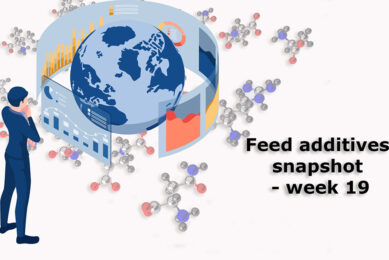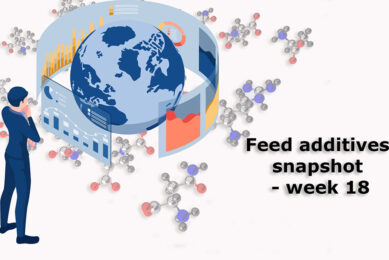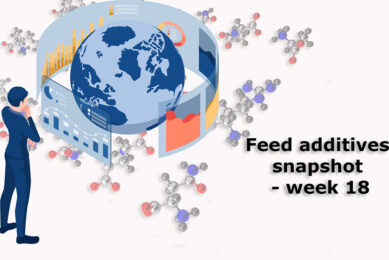South African feed industry accused of making excessive profits
In South Africa the animal feed industry has been accused of excessive profits they have realised over the last 12 months. One must admit that the trends in raw material prices resulting in good procurement positions more than ever have assisted feed producers to price their final products in such a way that they could gain some advantage of these trends.
In South Africa the animal feed industry has been accused of excessive profits they have realised over the last 12 months. One must admit that the trends in raw material prices resulting in good procurement positions more than ever have assisted feed producers to price their final products in such a way that they could gain some advantage of these trends.
It must also be emphasised that feed prices or profits generated at any given time are influenced by many different scenarios that are often not closely linked to existing conditions at the time.
Nature of the business
Clearly, feed companies have been established and exist by generating money for their shareholders. If opportunities exist to do that they will grab them; the time will come again when business environments will force companies to reduce profits or even make losses. That is the nature of the feed business as it continuously has to contend with volatile market conditions. However, at the same time its customers continue to struggle to generate any profits. Unfortunately, the prosperity of one industry versus the hardships of another is a recipe for conflict and results in the accusations of profit greed being made by the South African dairy industry towards its feed suppliers.
Better distribution within integration
Bigger feed companies in South Africa are part of large integrated and listed public companies that supply a big portion of their feeds to in-house broiler and layer operations. The feed supplied to these in-house divisions enables companies to ensure an agreed fixed and consistent feed margin for their feed division above raw material cost over a period of time. This further ensures that the poultry operation is sharing significantly in the risk of the volatility of feed ingredient prices and enables the feed company to safely generate a significant portion of their expected profits from their internal business.
Cheap is not always economic
With smaller external feed sales such as the dairy business the above is not possible. In many instances, such feed buyers will seek the cheapest feed on the market which they think is suitable for their conditions.
As feed prices of existing suppliers may rise above that of others, farmers easily switch to alternative suppliers. Unfortunately, this way no relationships are built and animal performance criteria, to determine actual value of feeds, are completely being ignored.
One wonders how many producers realise that even as much as a $50/tonne higher dairy meal price will only mean $0.60 more per cow per day at intake levels of 12 kg. At a milk price as low as $0.30/litre this means only 2 litres more per cow to compensate for the additional costs in a high quality feed. From our experience, in general there is much more room for improvement than just 2 litres (and therefore producer profits) if you have $50/tonne to work with.
Quality pays off
Given the above, certain companies in the feed industry are pro-active to counteract low profits or even losses by differentiating its products through superior quality and performance. Although this comes at an additional cost, improved value at farm level usually more than compensates for such costs. This makes the investment in technology and experts by larger feed companies worthwhile as better customer performance helps to maintain some profits if times are tough.
As shown above, this is not always measured and therefore valued by all customers, probably to their own detriment. Finally, as much as they need each other to exist, both feed and animal producers operate independently in their goal and strategies to maximise profits and should act accordingly if they want to continue to justify their business existence.










